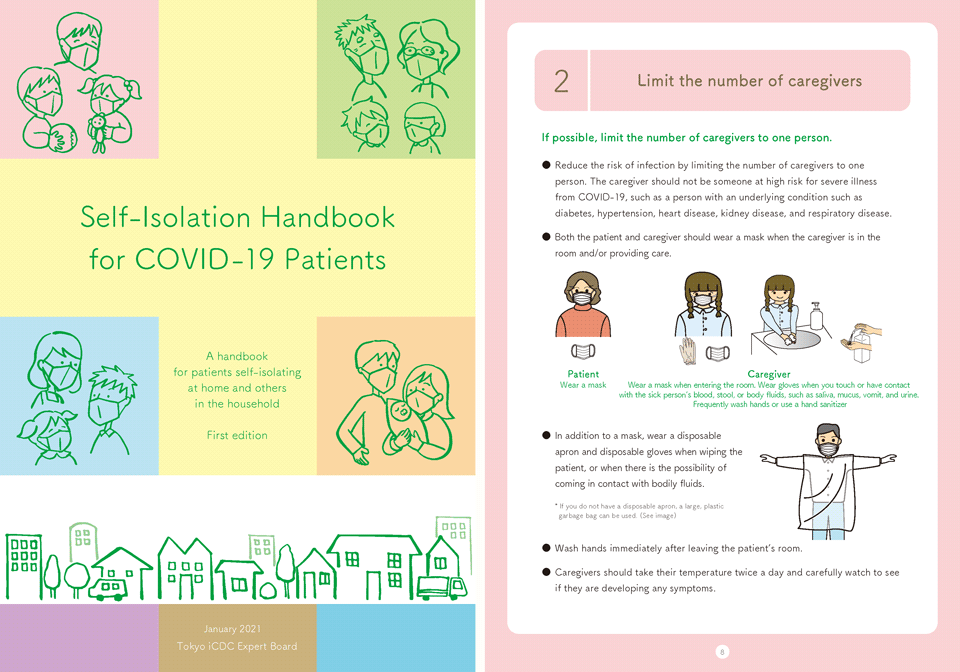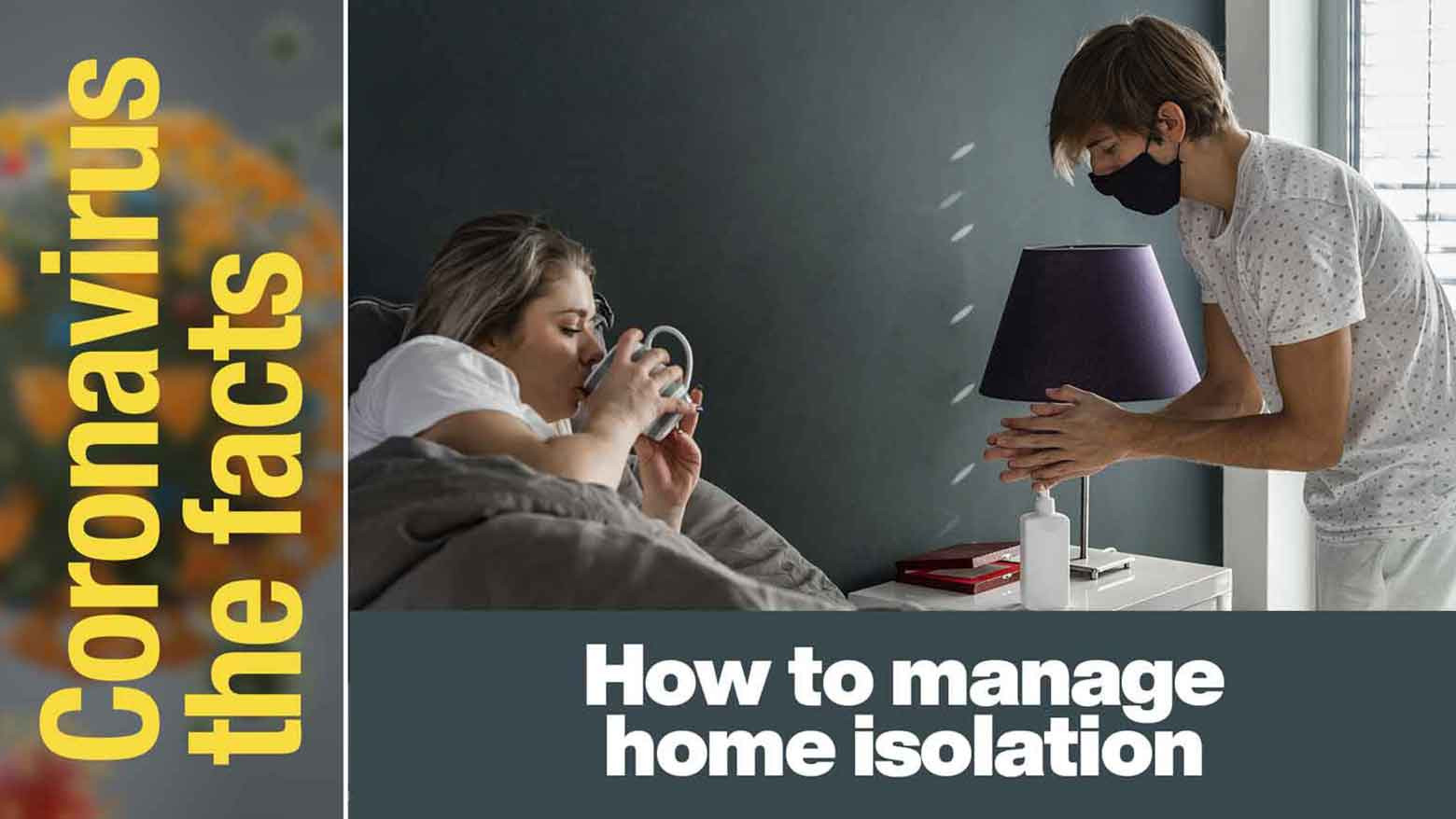This is our series on key coronavirus-related information. Click here to read other installments: #Coronavirus the facts. Find the latest information and answers from experts on everything COVID-19.
Family infections drive record case numbers
The number of coronavirus patients recuperating at home hit a record high of more than 430,000 as of February 2. Japan continues to report daily record cases and infections are spreading within families. Confirmed infection routes in Tokyo at the end of last month show about 60 percent of cases developing through transmission from family members.
The number of patients who are seriously ill is increasing as the Omicron strain takes hold. The central government is trying to put systems in place to provide medicines and health monitoring for patients recovering at home.
Authorities offer tips and precautions for people to follow while recovering at home. They cover patient care as well as ways to prevent infections spreading within households.
What to watch for
Emergency symptoms
Call an ambulance if you observe any of the following symptoms:
- Blueish lips
- Heavy breathing
- Sudden shortness of breath
- Shortness of breath when engaging in simple movement
- Chest pain
- Unable to breathe when lying down
- Panting with heaving shoulders
- Sudden wheezing
- An irregular pulse
People who share a home with an infected person are urged to look out for the following:
- Pale face
- Changes in appearance or behavior
- Weakened response to call or touch
- No response to call or touch
Reducing the risk of infecting others
Prevent the spread of infection by sticking to the following pointers:
- The patient and other residents should stay in different rooms.
- There should be just one caregiver if possible.
- Both the patient and the caregiver should wear masks.
- Patient and caregiver should wash their hands frequently.
- Ventilate rooms during the day.
- Clean and disinfect shared surfaces that are frequently touched.
- Wash soiled linen and clothes.
- Seal garbage tightly and throw it out.
*The list above was first published in August 2021 during Japan’s fifth wave of infection. Access here for more information:
https://www3.nhk.or.jp/nhkworld/en/news/backstories/1752/
Tokyo Metropolitan Government handbook
The Tokyo Metropolitan Government has created a handbook with guidelines for recuperating at home. An English version was published in January 2021. An updated Japanese version was published January 2022. For full details, visit the following page:
https://www.fukushihoken.metro.tokyo.lg.jp/iryo/kansen/corona_portal/shien/zitakuryouyouhandbook.html

Guidelines and support in Tokyo & Osaka
TOKYO
Since January 31, the Tokyo Metropolitan Government is asking patients aged under 50 who have no underlying diseases, and are asymptomatic or with mild symptoms, to monitor their own health conditions at home.
A 24-hour support center has been set up to take calls from people who are worried about their condition. Patients can request health monitoring or medical examinations as needed. The hotline can provide advice and assistance in English, Chinese, Korean, Vietnamese, Nepalese, Portuguese, Spanish, Burmese, French, Thai, and Tagalog.
Support center (24 hours): 0120-670-440
For more details:
https://www.fukushihoken.metro.tokyo.lg.jp/iryo/kansen/corona_portal/shien/uchisapo_tokyo.html#cmsF08EF
For patients aged 50 or above, or with underlying conditions, local healthcare centers will continue to manage their care.
OSAKA
Osaka prefecture also offers a telephone support service for people recovering at home.
SOS number (24 hours): 0570-055221
For more details, access:
https://www.pref.osaka.lg.jp/kansenshoshien/jitaku_ryouyou/index.html#jitakusinryou
(Each of Japan’s prefectures offer support for people recovering at home. Please visit local government websites for details.)
This information is accurate as of February 10, 2022.
